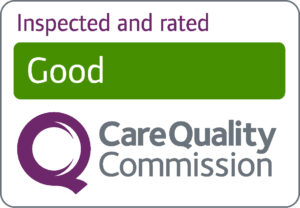This is an essential part of your recovery and is the single best thing you can do for your health. Moving can really help your joints and reduce the pain you feel.
Try not to:
- brace or hold yourself still – your joints are designed to be mobile
- sit down or rest for too long – resting in bed doesn’t help and can often make it harder to get going again
- if you have to sit or rest, try to change positions regularly and find one that reduces any pain in your joints.
Being physically active throughout your recovery can:
- prevent a recurrence of the problem
- maintain your current levels of fitness – even if you have to modify what you normally do, any activity is better than none
- keep your other muscles and joints strong and flexible.
It’s recommended you stay at or return to work as quickly as possible during your recovery. You don’t need to be pain and symptom-free to return to work.


